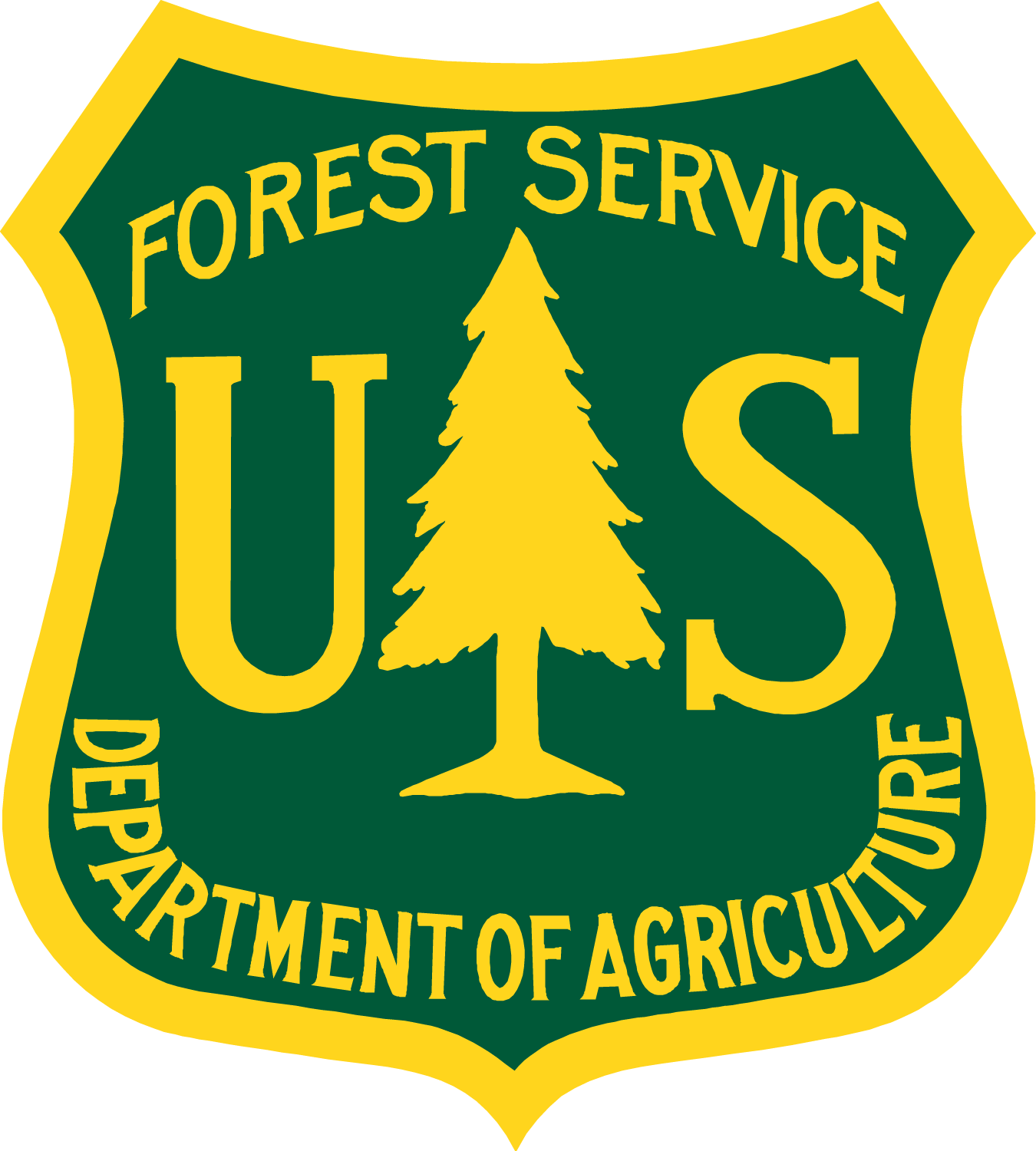Wildland-Urban Interface
- 12.6 million homes built since 1990 have been built in the wildland-urban interface (WUI), where human development meets undeveloped vegetation and forests. Martinuzzi, S., Stewart, S. I., Helmers, D. P., Mockrin, M. H., Hammer, R. B., Radeloff, V. C., 2015, The 2010 wildland-urban interface of the conterminous United States, Research Map NRS-8. Newtown
- As of 2010, the WUI was 10% of the contiguous U.S. land area but held over 43 million homes (33% of U.S. total) and 97.7 million people (32% of U.S. total) Martinuzzi, S., Stewart, S. I., Helmers, D. P., Mockrin, M. H., Hammer, R. B., Radeloff, V. C., 2015, The 2010 wildland-urban interface of the conterminous United States, Research Map NRS-8. Newtown
- As homes are built within and next to wildland vegetation, the threat of wildfires infiltrating urban areas increases. Martinuzzi, S., Stewart, S. I., Helmers, D. P., Mockrin, M. H., Hammer, R. B., Radeloff, V. C., 2015, The 2010 wildland-urban interface of the conterminous United States, Research Map NRS-8. Newtown
Green Infrastructure
- Green infrastructure, which includes reconstructed wetlands, urban forests, and practices that mimic natural processes, is increasingly used to reduce the impacts of major storms, natural disasters, and wildfires, while filtering water at the same time. Felson, A.J., Olfield, E.E., Bradford, M.A. Involving Ecologists in Shaping Large-Scale Green Infrastructure Projects. BioScience 2013; 63 (11): 882-890.
- When green infrastructure projects are evaluated, it is often revealed that they do not supply the ecosystem services that they were designed to provide. Designers and land managers must construct ecosystems containing plant, animal, or soil microbial communities that meet performance criteria and that are resilient to disturbance. Felson, A.J., Olfield, E.E., Bradford, M.A. Involving Ecologists in Shaping Large-Scale Green Infrastructure Projects. BioScience 2013; 63 (11): 882-890.
Mapping
- Mapping the local hazards and existing green infrastructure is a good way for regional collaborators to visualize where green infrastructure might benefit a community, and it also acts as a tool for communication. American Planning Association, Regional green infrastructure at the landscape scale.


